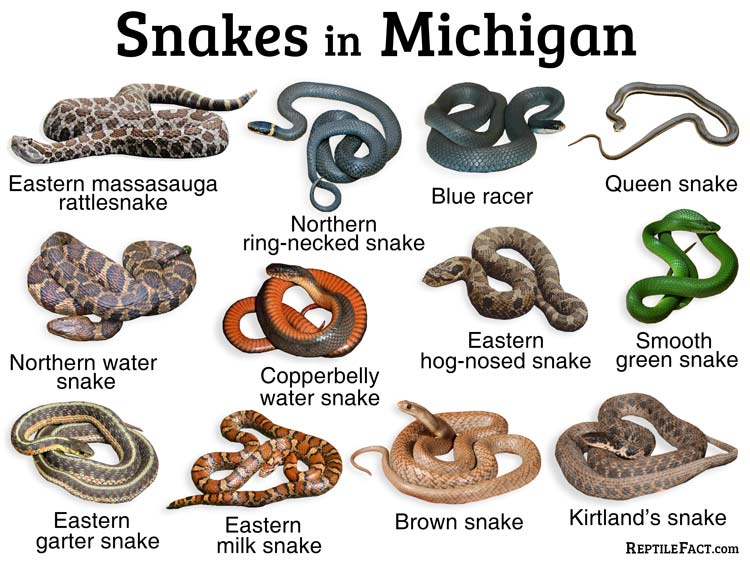

** : Formerly described as “Not In Any Category”, or “No Designation Required.” * : Formerly described as “Vulnerable” from 1990 to 1999, or “Rare” prior to 1990. Not at Risk (NAR)* : A species that has been evaluated and found to be not at risk.ĭata Deficient (DD)*** : A species for which there is insufficient scientific information to support status designation. Special Concern (SC)* : A species of special concern because of characteristics that make it particularly sensitive to human activities or natural events. Threatened (T) : A species likely to become endangered if limiting factors are not reversed. Species: Any indigenous species, subspecies, variety, or geographically defined population of wild fauna and flora.Įxtinct (X) : A species that no longer exists.Įxtirpated (XT) : A species no longer existing in the wild in Canada, but occurring elsewhere.Įndangered (E) : A species facing imminent extirpation or extinction.

Committee on the Status of Endangered Wildlife in Canada. COSEWIC status report on the blue racer Coluber constrictor foxii in Canada.
#Coluber constrictor foxii snakes of michigan update#
Update COSEWIC status report on the blue racer Coluber constrictor foxii in Canada, in COSEWIC assessment and update status report the blue racer Coluber constrictor foxii in Canada. COSEWIC assessment and update status report the blue racer Coluber constrictor foxii. A production note will be provided if additional information on the status report history is required.ĬOSEWIC 2002. Please note: Persons wishing to cite data in the report should refer to the report (and cite the author(s)) persons wishing to cite the COSEWIC status will refer to the assessment (and cite COSEWIC). The range of flaviventris is now known to be west of the Mississippi.COSEWIC status reports are working documents used in assigning the status of wildlife species suspected of being at risk. priapus intergrades in extreme southern Illinois. flaviventris Say, 1823, Eastern Yellow-bellied Racer found in most of the state, and C. Smith (1961) listed two subspecies in Illinois, C. Nomenclatural History: It was transferred to the genus Basconion by Baird & Girard (1853), which is how Kennicott (1855) and Davis & Rice (1883) listed it. For priapus, Coluber constrictor priapus Dunn & Wood, 1939. Original Name: Coluber constrictor Linnaeus, 1758. For foxii, Basconion foxii Baird & Girard, 1853. Type Specimen: Not designated. For foxii, Holotype. Notes on eastern snakes of the genus Coluber. Smithsonian Inst., Washington, xvi + 172 pp. Catalogue of North American Reptiles in the Museum of the Smithsonian Institution. Systema Naturae per Regina tri Naturae secundum Classes, Ordines, Genera, Species, cum Characteribus, Differentiis, Synonymis, Locis. Status: Locally common in some parts of the state.Įtymology: Coluber – (Latin) meaning snake constrictor – constrictus (Latin) meaning ‘drawn together’ f oxii – (New Latin) patronym for Charles Fox (1815-1854) priapus – Priapus (Latin) Roman god of male creative power. Main predators are other snakes and raptors. Eats a variety of animals, including arthropods, worms, amphibians, reptiles, birds, and small mammals. The young, 20-35 cm TL, hatch in September. Mates in May and June and female lays 10-20 eggs in late June or July. If cornered, vibrates the tail tip and can be counted on to strike repeatedly. Natural History: Alert and agile, often raises its head above the ground to look around, and reacts to disturbance by moving away quickly. Habitat: A variety of habitats including forests, open areas, and edges of forests near open fields. Hatchling and juvenile up to about 80 cm TL, blue-gray with 55-85 reddish brown blotches on back that become less distinct toward tail, and small dark spots along sides and belly. Throat distinctly lighter (yellow in northwest, white elsewhere). Phillipsĭescription: Adult long (up to 150 cm TL) and slender with shiny, uniformly blue, blue-green, or black back.

Juvenile North American racer, Perry County, Illinois.


 0 kommentar(er)
0 kommentar(er)
